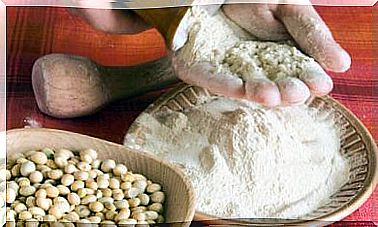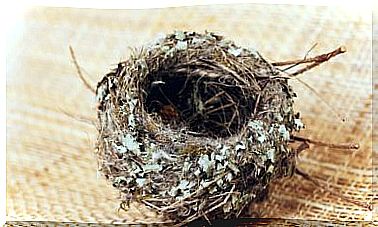What Properties Are Attributed To Horsetail?
Horsetail, like other natural remedies, is attributed all kinds of properties. Some of them do not have scientific studies to support them. We tell you about it here.
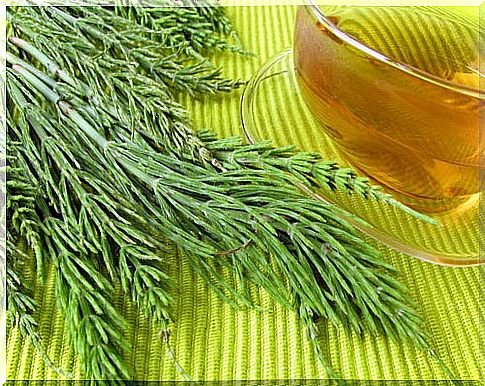
Horsetail is a plant that is credited with numerous health properties. It is believed, for example, that it would help eliminate fluid retention, so it would be supplemented with weight loss diets in which the person feels bloated. In addition, some people argue that it would be an interesting remedy to nourish skin, nails and hair.
Now, are these supposed properties of horsetail true? Here we tell you which of them have scientific studies that support them.
Horsetail properties
Here we will present some of the main properties that have been attributed throughout history to horsetail or Equisetum arvense . Consult with your doctor before starting its consumption, to receive the best advice according to your needs.
1. Diuretics
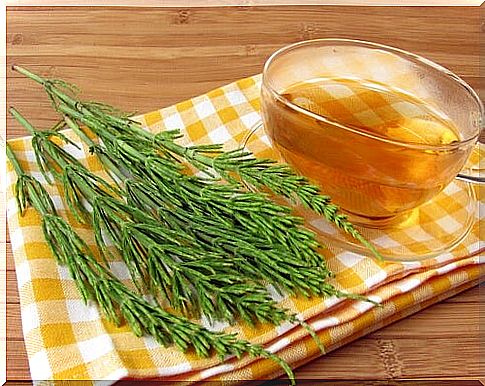
Traditionally, horsetail has been used to help eliminate excess fluids, thanks to its content of potassium, flavonoids and saponids.
Although natural medicine specialists argue that it could increase the amount of urine up to 30% and some research supports this belief, a study published in Evidence-Based Complementary and Alternative Medicine concluded that there was no increase in urination in healthy individuals who consumed horsetail during the investigation.
Despite the lack of conclusive evidence, it is often recommended to alleviate the symptoms of fluid retention, edema, rheumatitis, gout, kidney stones and urinary tract infections, among others.
2. Slimming
Precisely because of its diuretic property, the inclusion of horsetail in weight loss diets is usually recommended. However, as we have already pointed out, the diuretic property does not have conclusive data to support it.
Remember that to lose weight it is important to change eating habits and exercise regularly. For this reason, we share this video with you, so you can incorporate exercise into your routine.
3. Purifying
Another of the unproven properties of horsetail is the ability to help eliminate toxins. It is usually combined with other plants, such as milk thistle, nettle, dandelion or burdock, supposedly to help purify the body of toxins.
The advice indicates that a purifying cure could be performed a couple of times a year, in autumn and spring, taking daily infusions of these plants.
3. Remineralizing
Horsetail would contain different minerals that could be helpful in nourishing bones. A 2016 animal study noted that using horsetail to relieve symptoms of osteoporosis could be as effective as some common medications.
It would also help us in times of tiredness, exhaustion, fatigue and anemia, among others, although there is not enough research in this regard.
4. It would improve the condition of the skin, nails and hair
Its silicon content, which helps form collagen, is supposed to nourish the skin and nails. However, the EFSA panel on Diet Products and Allergies pointed out in 2009 that this plant did not have enough evidence to be considered a body invigorator, and therefore would not have properties to nourish the skin or hair.
Ayurveda medicine maintains that horsetail would also act in the prevention of pimples, eczema and wrinkles, and could even reduce stretch marks. We have not found reliable data in this regard.
5. Healing
Horsetail would help improve the healing of wounds and skin tags, according to popular folklore. More research is needed on this topic.
How do we take the ponytail?
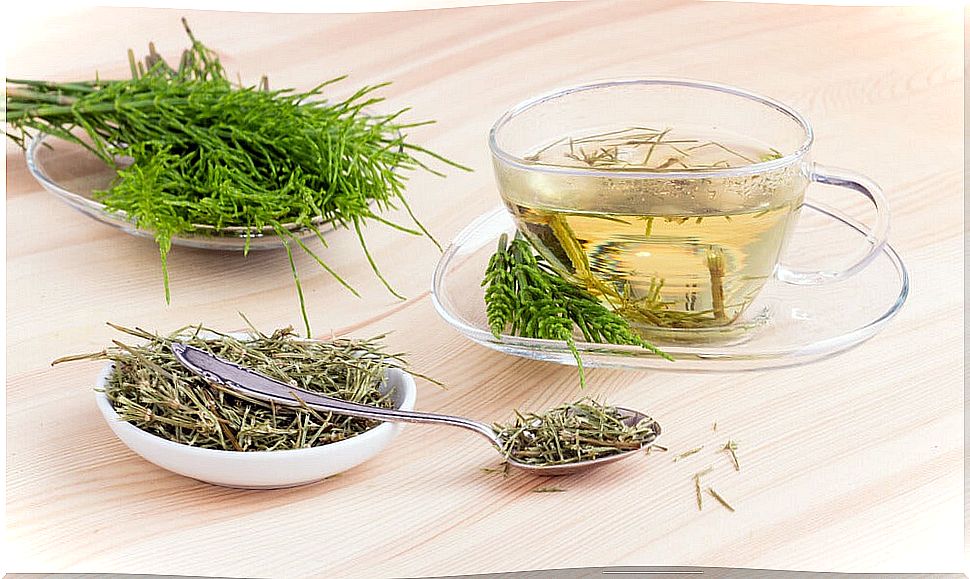
The most common way to take it is as an infusion, boiling the plant for five minutes and letting it rest for another five. It is usual that it is advisable to drink three glasses a day for a month and a half, and then rest for a few weeks.
It is also possible to opt for a syrup or extract. In that case we will follow the manufacturer’s or doctor’s instructions. And we can gargle (for ailments of the throat, gums or mouth ulcers) or apply it externally, since it is believed that it would act as an anti-inflammatory.
Where do we get it?
We can buy it in herbalists, dietetics or in some supermarkets, since it is a well-known plant. We can get it to make an infusion or in extract or tablets, according to the specialist’s indications.
